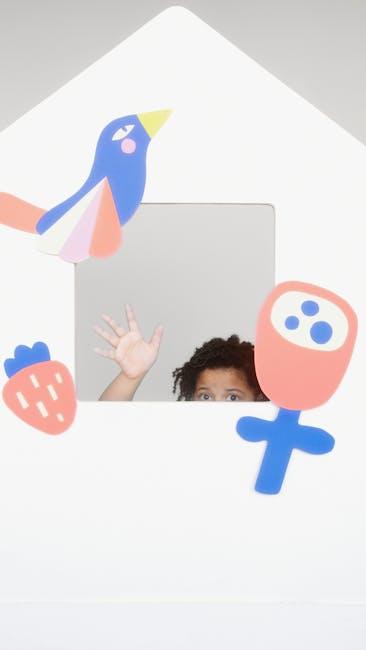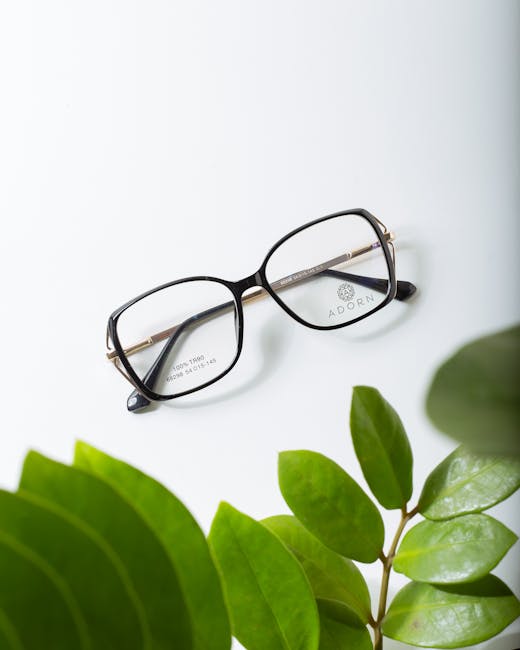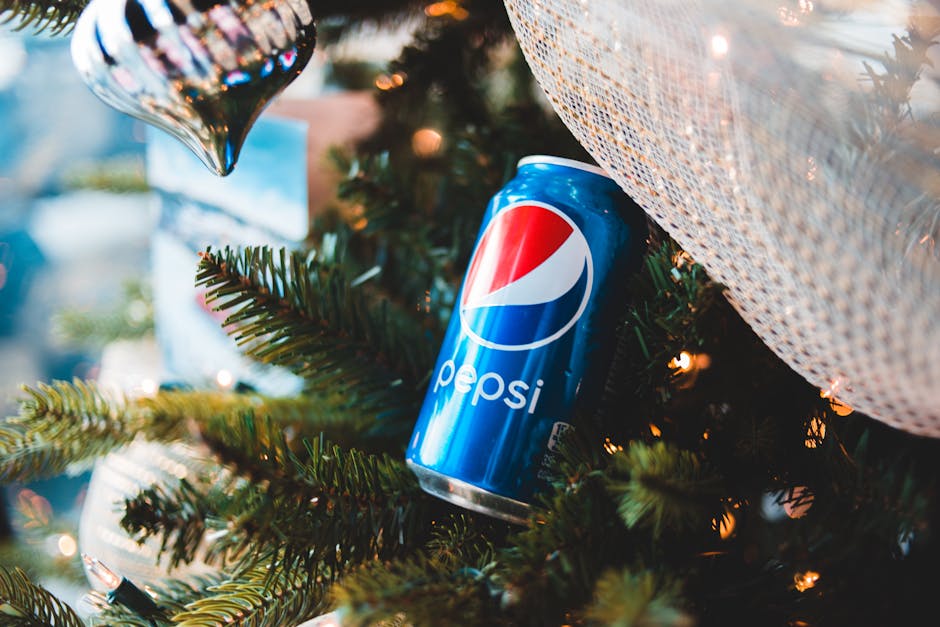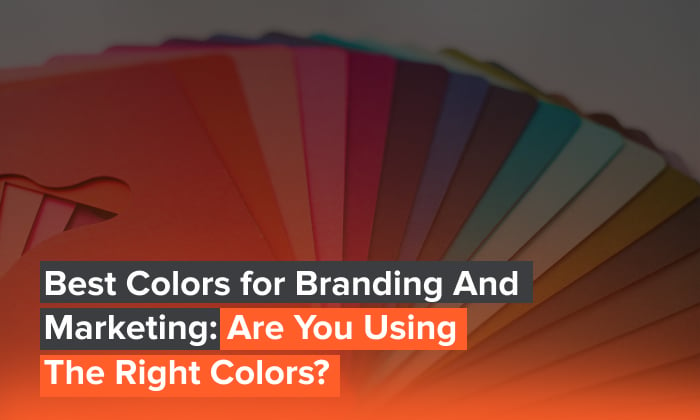
Have you ever stopped to ponder the secret forces at play behind the world’s most iconic logos? No, we’re not talking about a team of talented designers—we’re talking about the sneaky superheroes known as colors! In this colorful article, we delve deep into the psychological impact of colors in logo design. So buckle up, folks, because this is going to be one wild and colorful ride!
The Importance of Color Psychology in Logo Design
Choosing the right colors for your logo can make or break your brand image. Colors have the power to evoke specific emotions and associations, so it’s important to consider the psychological impact they can have on your target audience. Here are some key points to keep in mind when utilizing color psychology in logo design:
- Red: This fiery hue is often associated with passion, excitement, and energy. It’s a great choice for brands looking to make a bold statement.
- Blue: Peaceful, trustworthy, and dependable, blue is a popular choice for many well-established brands. It’s like the dependable friend you can always count on.
- Yellow: Bright and cheery, yellow is often associated with optimism and happiness. Just like a ray of sunshine, it can instantly lift your mood.
By understanding the psychology behind colors, you can create a logo that resonates with your target audience on a deeper level. So, before you start slapping colors onto your design, take a moment to consider what message you want to convey through your brand and choose your colors wisely. Remember, colors speak louder than words – make sure yours are saying the right thing!
Creating Emotional Connections Through Color Selection
When it comes to color selection, we all have our personal preferences. But did you know that colors can actually evoke certain emotions and create a deeper connection with your audience? Let’s dive into how you can use color psychology to make your designs more emotionally engaging!
1. Think about the feelings you want to evoke with your design. Do you want to create a sense of calm and tranquility? Opt for cool colors like blues and greens. Want to inject some energy and excitement into your project? Go for warmer tones like reds and oranges.
2. Pay attention to cultural associations with colors. Different cultures have varying interpretations of colors, so make sure you’re aware of what your audience might associate with certain hues. For example, while white is often associated with purity and innocence in Western cultures, it can symbolize death and mourning in some Asian cultures.
Remember, color selection is not just about making things look pretty – it’s about creating a connection. So next time you reach for that bright yellow or moody purple, think about the emotions you want to convey and watch your designs come to life!

Utilizing Color Associations to Communicate Brand Values
When it comes to branding, color associations play a vital role in communicating your brand values to your audience. Each color has its own unique psychological effect on people, so choosing the right colors for your brand is crucial. Let’s dive into some ways you can utilize color associations in your branding efforts:
First off, think about the emotions you want your brand to convey. Do you want to appear luxurious and sophisticated? Choose colors like blue and gold. Do you want to come across as energetic and playful? Opt for red and yellow. Remember, colors have the power to evoke certain emotions in your audience, so choose wisely!
Next, consider the cultural connotations of different colors. For example, in Western cultures, white is often associated with purity and simplicity, while in some Eastern cultures, it symbolizes death. Make sure you do your research and choose colors that resonate with your target audience.
Don’t be afraid to get creative with your color choices! Think outside the box and consider using unexpected color combinations to make your brand stand out. Who says you can’t use purple and green together? Be bold, be daring, and most importantly, have fun with it!

Enhancing Brand Recognition with Strategic Color Choices
When it comes to enhancing brand recognition, choosing the right colors is key. Think of it as picking out the perfect outfit for your brand – you want something that will make you stand out in a crowd, but also something that reflects your unique personality.
One great way to make your brand memorable is to pick a color scheme that is bold and eye-catching. Think bright reds, vibrant yellows, and electric blues. These colors are sure to grab people’s attention and leave a lasting impression.
Another important factor to consider when choosing colors for your brand is how they will be perceived by your target audience. For example, if you are targeting a more professional demographic, you may want to stick with more muted, sophisticated colors like navy blue and charcoal grey.
Ultimately, the key to successful brand recognition is finding the perfect balance between being visually stimulating and appealing to your target market. So, next time you’re brainstorming color choices for your brand, remember to think strategically and choose colors that will help your brand stand out from the competition.

Maximizing Impact Through Consistent Color Usage
Color can make or break your design. You want to make sure your audience sees red, not literally (unless red is the color you’re consistently using), but you get my point. Consistent color usage is key to making a lasting impact on your viewers. Think of it like wearing the same color socks every day – it’s not only stylish, but it’s also efficient!
When choosing your color palette, think about the emotions you want to evoke. Are you aiming for a calm, professional vibe? Maybe go for some soothing blues. Want to add some excitement? Throw in some vibrant yellows or oranges. Just don’t go overboard with a rainbow of colors – keep it simple, people!
Remember, consistency is key. Whether you’re creating a logo, a website, or a PowerPoint presentation, stick to your chosen colors like your life depends on it. Create a style guide if you have to – make it official! For bonus points, throw in some complimentary colors to really make your design pop. Who knew color could be so fun?
The Influence of Color Contrast and Combination on Logo Effectiveness
Color contrast and combination play a crucial role in the effectiveness of a logo. Have you ever seen a logo that made you do a double-take because the colors clashed so horribly? Yeah, we’ve all been there. Let’s break it down and uncover the secrets of color harmony in logo design!
Pairing complementary colors can create a dynamic and eye-catching logo that stands out from the crowd. Just imagine a bold red paired with a vibrant green – talk about a match made in color heaven! But be careful… too much contrast can be overwhelming and cause visual confusion. Like eating too many Skittles at once - it’s an assault on the senses.
On the flip side, using analogous colors can create a harmonious and soothing logo that exudes a sense of unity and cohesion. Think of a calming blue paired with a serene green – it’s enough to make you want to plant a tree and hug it. But be warned, using too many similar shades can result in a bland and forgettable logo, like a beige wall in a beige room… snooze.
So, whether you’re craving a logo that pops like a firework or one that soothes like a gentle lullaby, remember that color contrast and combination are key players in the logo design game. Find the perfect balance, experiment with different hues, and watch your logo come to life with a splash of color magic!
FAQs
What role do color choices play in logo design?
Oh, darling, let me tell you – color choices are like the secret sauce of logo design. They can influence emotions, perceptions, and even behaviors of those who come into contact with your brand. It’s like magic, but cooler.
How can different colors evoke specific emotions in viewers?
Well, think of colors like little mood-setters. Red can make you feel passionate or alert, while blue might calm you down or make you feel more trusting. It’s basically a whole rainbow of feelings at your fingertips.
Are there any universal meanings associated with certain colors?
Oh, absolutely! For example, red often symbolizes love or power, while green is all about growth and health. It’s like a little rainbow dictionary of symbolism, really.
Can the wrong color choice in a logo have negative consequences?
Girl, let me tell you – the wrong color choice in a logo is like showing up to a fancy event in a tracksuit. It may not go over so well. Colors have serious power and can make or break how your brand is perceived. Choose wisely, young grasshopper.
How can businesses use color psychology to their advantage in logo design?
Businesses can totally harness the power of color psychology to speak to their target audience. Whether you want to convey trustworthiness, excitement, or something in between, picking the right colors in your logo can be a game-changer. So, sprinkle some color magic into your branding and watch the sparks fly!
Color Your World with Logo Design
And there you have it – the mystical world of color psychology and its impact on logo design. Remember, when choosing colors for your logo, it’s not just about what looks pretty, it’s about creating a deep emotional connection with your audience. So next time you’re designing a logo, don’t be afraid to embrace the power of colors and watch as your brand truly shines!












